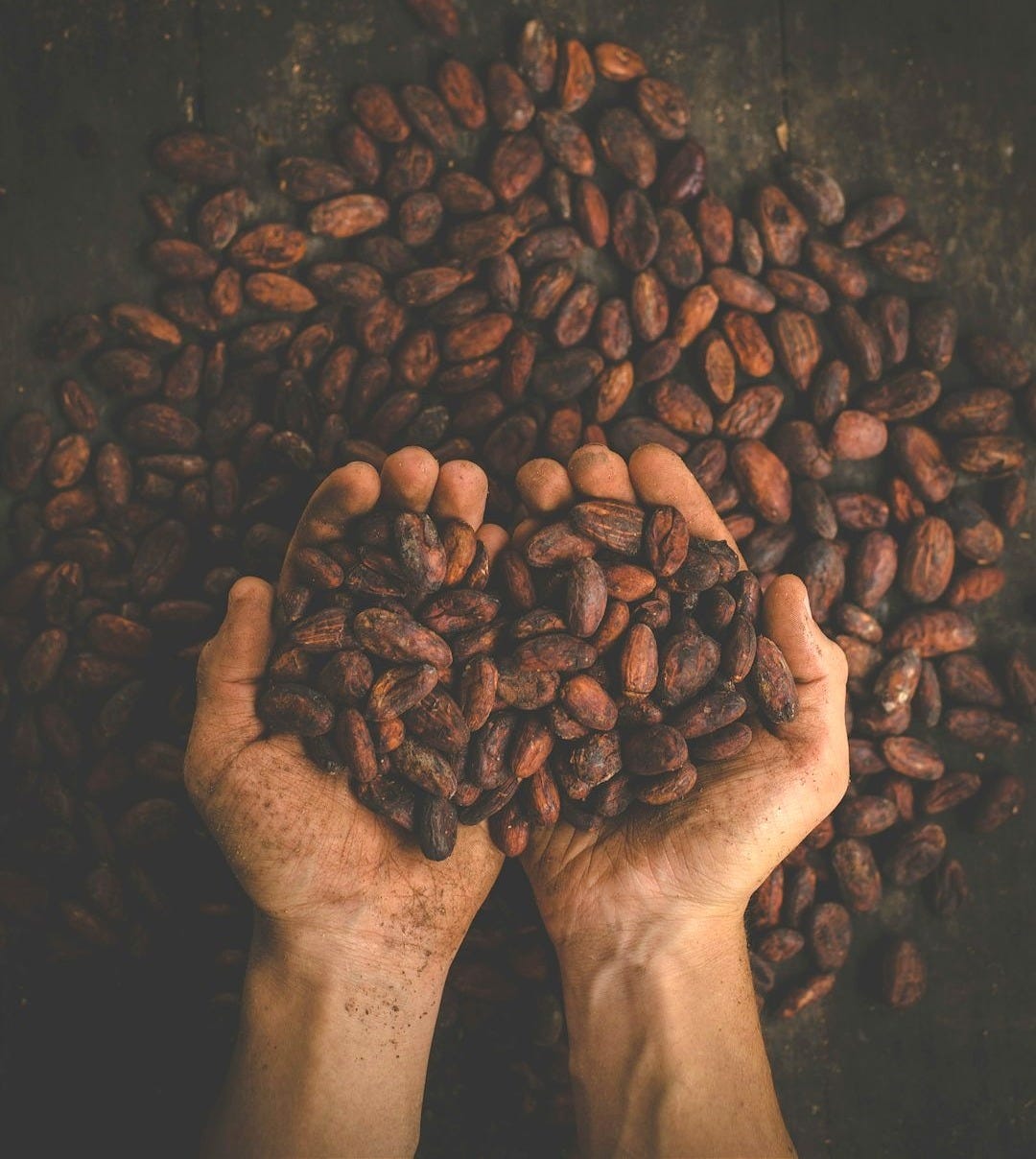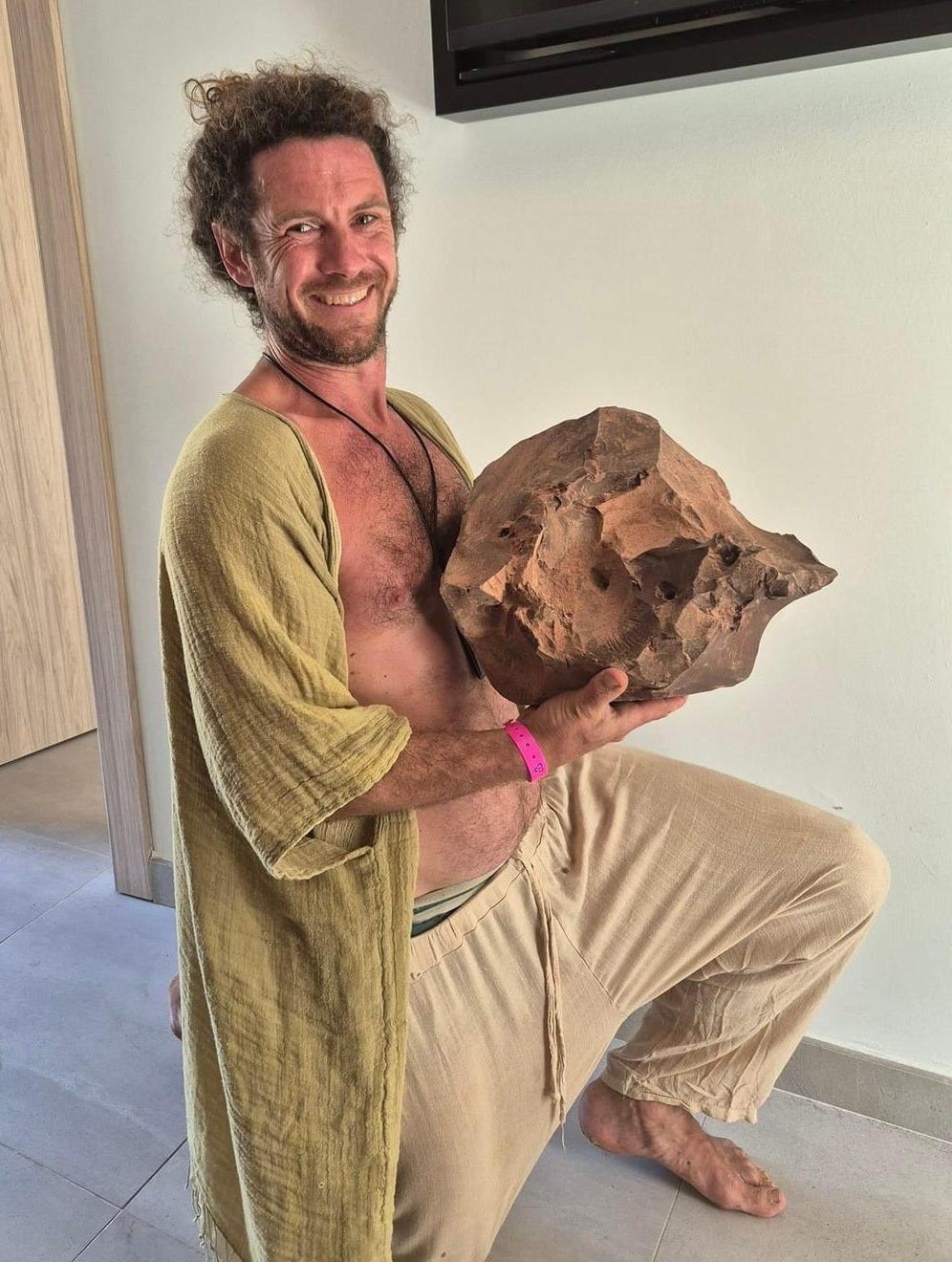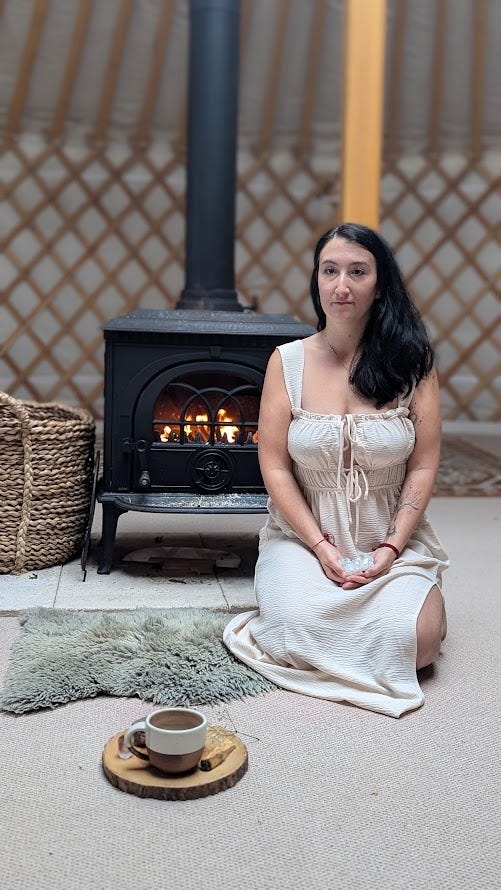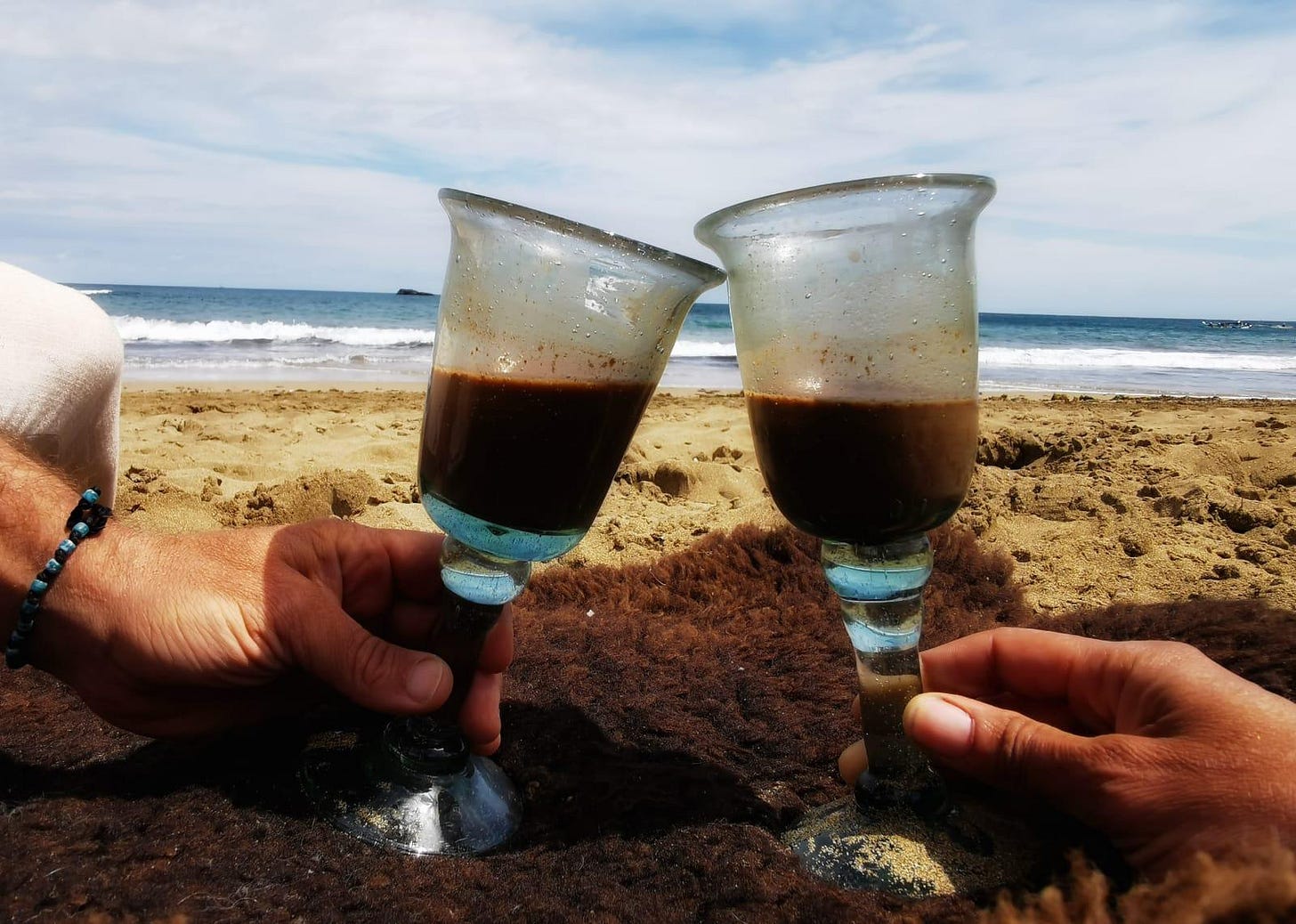Deep dive into cacao, the heart opener
Exploring its wonders and the diverse ways it is helping people be well

An intense relationship with cacao is taking hold in the wellness community. It is being used in all manner of wellness events, helping people feel more connected and more grounded before they begin an activity like singing, meditation or dance.
I wanted to chat with people hosting these cacao ceremonies to see why cacao is becoming so popular – what is the attraction?
The magic mix
Everyone I spoke to noted it is a super food and its full name, theobroma cacao, means food of the gods in Greek. It gets its superpower from being so rich in flavonoids – which have antioxidant properties – and from being a great source of magnesium, iron, manganese, zinc and potassium. On top of this, it has a low caffeine content while the theobromine it contains provides a gentler, more sustained energy boost. Oh, and it’s an aphrodisiac.
Theobromine is a smooth-muscle relaxant and works as a vasodilator, causing the heart, the arteries and the lungs to dilate. According to those who drink it, the heart opening is very much an emotional as well as a physiological experience.
Healing grief
Anaïs Eusebio, sacred space holder at Unfurling Alchemy, describes how cacao helped her many years ago when she was facing a lot of grief:
“I had barricaded my heart behind many walls to protect myself and at some point I was done just feeling a bit numb. Cacao really supported me in removing, brick by brick, the layers around my heart.”
Bonding before dance
This power of cacao to help us feel more connected to ourselves, others and the physical environment is a common theme. Monika Mudra, trauma-informed wellness practitioner and workshop leader who hosts events with Ecstatic Dance Bournemouth, describes how she has felt during cacao ceremonies before ecstatic dance.
“When they serve the cacao we are all in a circle… and we drink it all together. It is like a bonding and you can really feel the warmth.
“For me, perhaps twice I have found it really helped me connect with the roots; really feeling my feet grounded on the floor. And it brought a vision of our ancestors where they were dancing around the fire as a collective with togetherness. And I thought, ‘This is interesting. I didn’t know it was possible for cacao to give you these visions or feelings.’”
Although cacao does not have properties that would cause it to be classed as a drug, it is clearly more potent than its beverage cousin, that warming cup of cocoa you might drink to help you nod off at bedtime.
Ceremonial cacao is less processed than cocoa, it tends to be meticulously sourced and prepared and has no sugar. Which all means it retains more beneficial properties than chocolate or cocoa. And far from helping her sleep, Monika describes how the gentle stimulant effect of it gives her a nice kick before ecstatic dance so she can give the moves that bit more energy.
Curbing cravings
James Kinghorn, who sells cacao via his online store Mayä Sacred Gifts, says this wonder plant has really helped his relationship with food. Whereas before he would be grazing all day and wanting a sweet snack after dinner, now, he said, a cup of cacao in the morning sees him through to lunch and he might have a tiny piece of raw cacao after dinner instead of a snack.
“When we crave something, it is not the thing we're craving it's the minerals inside that thing. With cacao being a super food, there are lots of things in it that our bodies might be deficient in that we're seeking out,” he comments.
Of course, with chocolate, sugar has been added, James explains:
“Although we are craving the chocolate, we get the hook of the sugar. Then when you have a little bit you want the whole chocolate bar. With cacao, you can just eat a little bit and you feel satisfied.”
Due reverence
But there is even more to this plant than these experiences convey; there is a deep reverence for where cacao has come from geographically, historically, culturally and for its power and properties.
Cacao was part of life in ancient Mesoamerica and was cultivated in the Amazon basin some 3,000 years ago. The list of ways it has been used include:
- In sacred rituals to honour the gods
- To celebrate big life events including marriages and births
- To connect with the spiritual realm
- To facilitate introspection
- As part of shamanic ceremonies
- In emotional healing ceremonies
- As a shared experience to form and strengthen community bonds
- As a remedy for respiratory and heart conditions
The fairly fixed idea we have now of a “cacao ceremony”, James points out, is something which has formed over just the past few decades.
To the roots
He notes that when he sources cacao to sell here in the UK, he has the utmost respect for its precedence. He describes the long lineage of the trees in Ecuador where his cacao comes from and states evidence of cacao use has been found there dating back over 5,000 years.
His brand, Mayä, buys from a small cooperative of farms which use traditional methods for drying and fermenting the beans. They also use an agroforestry technique which leads to trees being grown in more shade and the cacao beans retaining their flavour.
“There is the old mentality cacao is too bitter to eat raw… If it's grown properly in a biodiverse manner, in shade, then you can get cacao that you can eat raw,” says James.
Anaïs is also enthusiastic about honouring the traditions and lineage of cacao and practicing gratitude for this “precious, precious resource.”
Lovingly prepared
She also notes there is traditionally no one thing called a cacao ceremony.
“I have sat with many cacao ceremonies that have been the fifth, sixth generation within their family to be a cacao bearer.
“What I often observed is that there is, in their culture, actually no such thing as the ceremonies. There is a lot of ceremony. There is a lot of ritual. For example, singing to the cacao the whole time you are making it, from the moment you take the block out and start chopping the cacao to the moment where you're serving it.
“There are a lot of prayers and song and connecting to your heart and bringing in this frequency of love so it can end up in the person's cup.”
Bringing this love to the preparation of cacao is something both Monika and Anaïs describe doing before sharing it with others.
‘Like dating’
But there is no one way to prepare it. So, Anaïs says, there is some discovery for each individual to do around finding the origin that you most like – be it Guatemalan, Peruvian or Mexican, for example – and then finding the dose and method of preparation that works best for you:
“It's kind of like dating, finding out the right dose for you. It will also depend on how the cacao is prepared… Originally, it's only prepared with water, and then, depending on the culture, you will have different spices that you will use as well.
“It is a relationship. I think for some people, the first cup of cacao that they have they feel the effects straight away and they connect with the plant straight away. But for some people, it takes longer – it's a relationship that we build.”
Anaïs explains some people are more sensitive to cacao and certain types of plants than others. Then there are factors like our spiritual centre, chemical centre and personal set of biological conditions that will all have an impact.
James has honed his own perfect recipe and kindly shares it:
“I'll put on a bit of water with some vegan milk. Put in some fresh cinnamon, fresh Cayenne pepper, fresh nutmeg and fresh ginger and leave that on a low heat for five to 10 minutes. And, in the meantime, I'll have shaved or grated the cacao I want from the block. I add in some maple syrup at this point. Take it off the heat and whisk in the cacao until it is melted properly.”
It sounds delicious. You can find Mayä cacao in the shop, Jamboree, in Southbourne.
Cacao in community
Or if you want to try cacao yourself in a ceremony there are plenty of events to choose from in Dorset. You can check out the wellness events listings to find one that could work for you.
Those familiar with wellness events might have found it can be hard to put the benefits into words. Anaïs captures that ineffable element when it comes to sharing cacao in a group:
“There is such beauty in being in a community whilst consuming this beautiful cup of cacao and having this ripple effect of sitting as a group together, all connecting to our hearts – there is just a special little bit of magic that I can't quite quantify when talking about this. But it's really beautiful to witness.”









